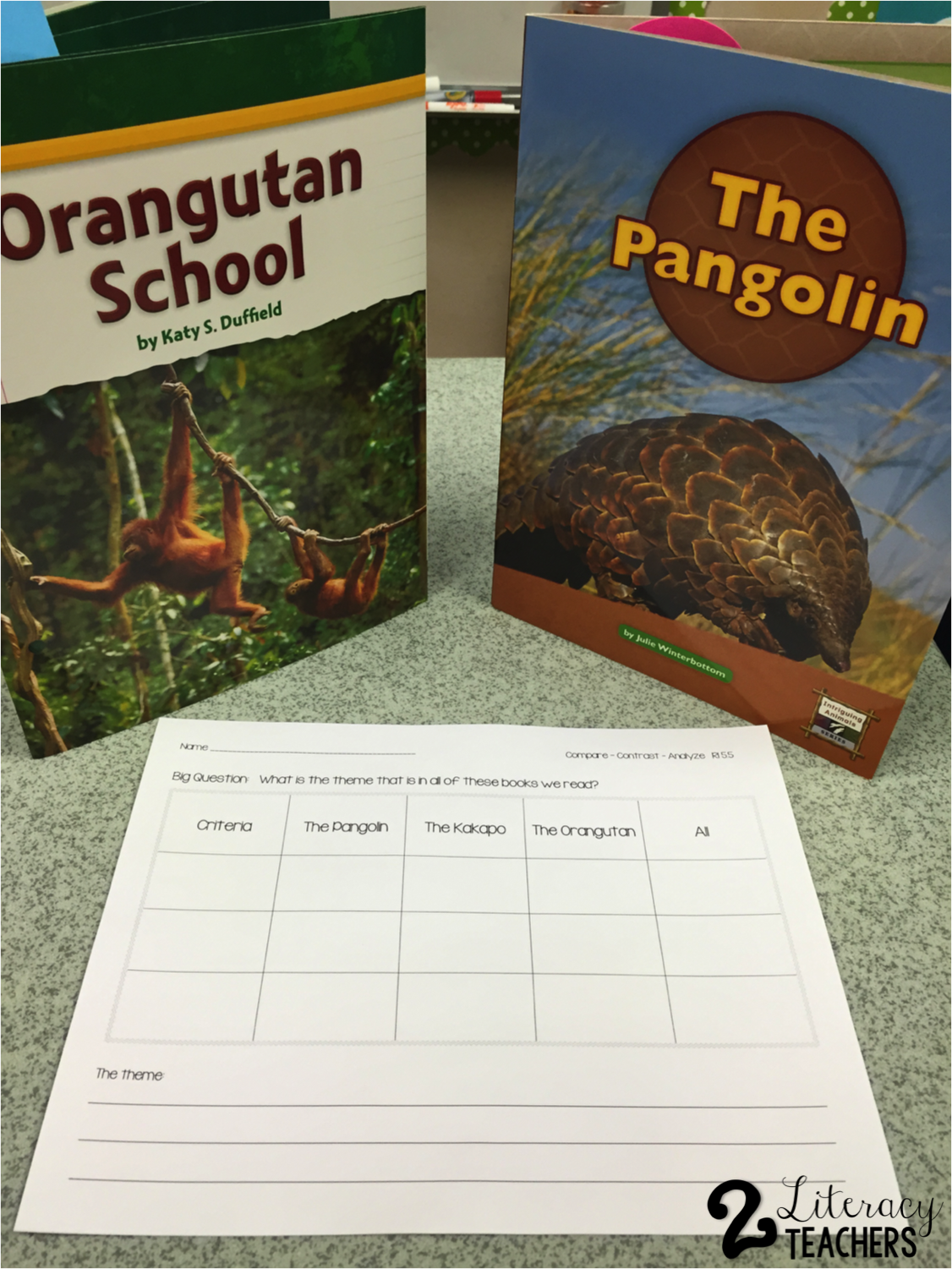Do you have students who struggle with comparing and contrasting? That’s a common issue for many students, yet it is such an important skill. Comparing and contrasting helps increase memory by linking ideas. When two ideas are linked together, they stay longer and stronger in memory than single ideas. Comparing and contrasting also helps students to see connections and make other invisible links visible, and it helps to grow the student’s schema for the topic. So what are common difficulties that students have and how do we fix them? Two of the most common difficulties for students are not knowing what information to look for to be able to compare and contrast, and not knowing how to find and organize information. They are simply at a loss as to how to do it. What’s the answer to these struggles? Provide an organizer AND the criteria for what to find and put into the organizer. We often provide a graphic organizer, but we don’t usually give students effective criteria for what to look for and put into the organizer.

Here’s an example. This week the 5th graders in my groups are working with three texts they have just finished reading to find the overall theme that runs through all of them. If I just gave them an organizer and said “go do,” they would be lost as to what information to look for and how to organize it. So, we are using this graphic organizer that has a column for each book, and a column to the left where we will write the criteria. 5th graders are able to brainstorm with me which kinds of information would be helpful. (Most likely the three criteria will be characteristics of the animal, why they are in trouble, and what humans are doing to help them.) After we do that, they will write the criteria in the left column then work together to fill in the sections for each of the books. When that is finished, we will review the information to look for similarities and links to determine the theme. Because the theme through all three books is “why and how humans are working to help endangered animals,” they should be able to see that easily when all of the information is filled in.
For younger grades, you can give the students a simple organizer with the criteria already filled in. We often compare and contrast the Tortoise and the Hare. I use a simple version of the organizer I used with the 5th graders and put in the criteria of: Characters, Why they decide to race, and Why the character won or didn’t win. The big question to answer for this activity is what was the lesson of the story. They can see this easily after using the criteria to fill in their organizers.
Students are so much more successful when you either give them the criteria or for older students, brainstorm the criteria that they will use to put into an organizer. It’s amazing how many light bulbs go on every time we do this. So if you have students who struggle with comparing and contrasting, try giving them criteria with their organizers. I think you will be surprised how much more successful they can be.
Happy teaching!
Smiles,
Kristin

